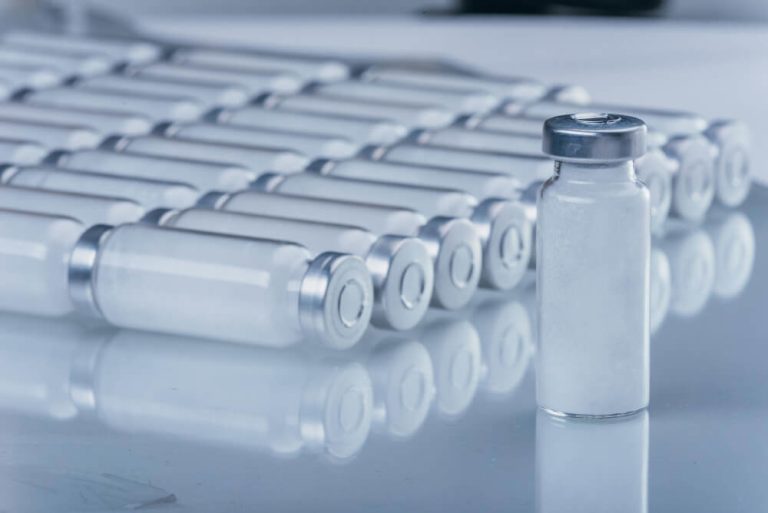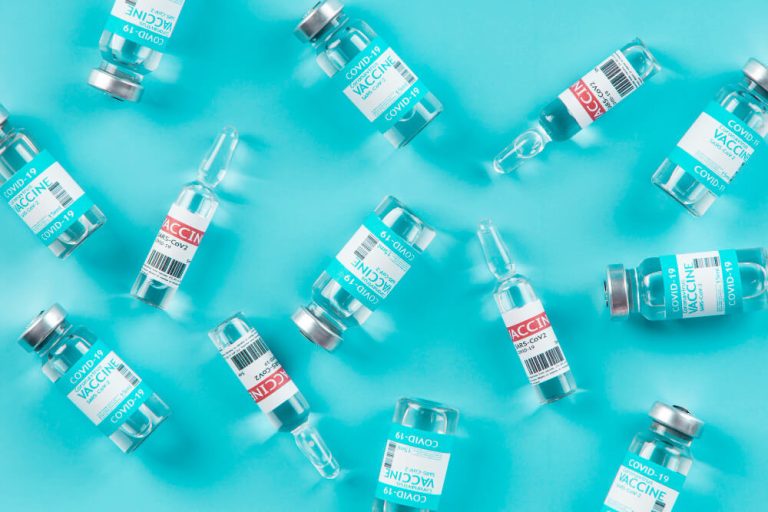NAD Training: Unlocking Cellular Energy and Longevity
For centuries, we have viewed aging as an unchangeable fact of life. It was a one-way street of gradual decline, marked by decreasing energy, slower recovery, and the onset of age-related conditions. But what if we could reframe that perspective? What if aging is less of a fixed timeline and more of a biological process we can actively influence?
At the very heart of this new understanding is a tiny but mighty molecule called NAD+, or Nicotinamide Adenine Dinucleotide. Think of it as the foundational currency of life inside every one of your cells. It is essential for creating energy and orchestrating critical cellular repair processes. As excitement and clinical application grow, the need for comprehensive NAD training has become paramount for health professionals seeking to lead in the anti-aging space.
Understanding this single molecule is unlocking a new chapter in human health and longevity. The science of NAD+ is not just about extending lifespan; it is about enhancing healthspan, the period of our lives spent in good health and full function. It is a shift from treating sickness to proactively building resilience at the most fundamental level.

What Exactly is NAD+?
To truly grasp its importance, we need to look inside our bodies at the cellular level. Every action you take, from blinking your eyes to running a marathon, requires energy. This energy, in its most basic form, is a molecule called ATP, and your cells cannot produce it efficiently without NAD+.
NAD+ is a coenzyme, a helper molecule that is present in every living cell. Its primary job is to act as an electron shuttle, picking up electrons from the food we eat and dropping them off at the cellular power plants, the mitochondria. This transfer is what drives the creation of ATP, fueling literally everything your body does.
But its role does not stop at energy production. NAD+ is also a critical substrate for a special class of proteins called sirtuins and PARPs. Sirtuins are often called ‘longevity genes’ because they regulate cellular health, inflammation, and stress resistance. PARPs are the first responders to DNA damage, rushing in to make repairs. Both of these vital protein families require NAD+ to function, essentially consuming it to keep your cells healthy and your DNA intact.
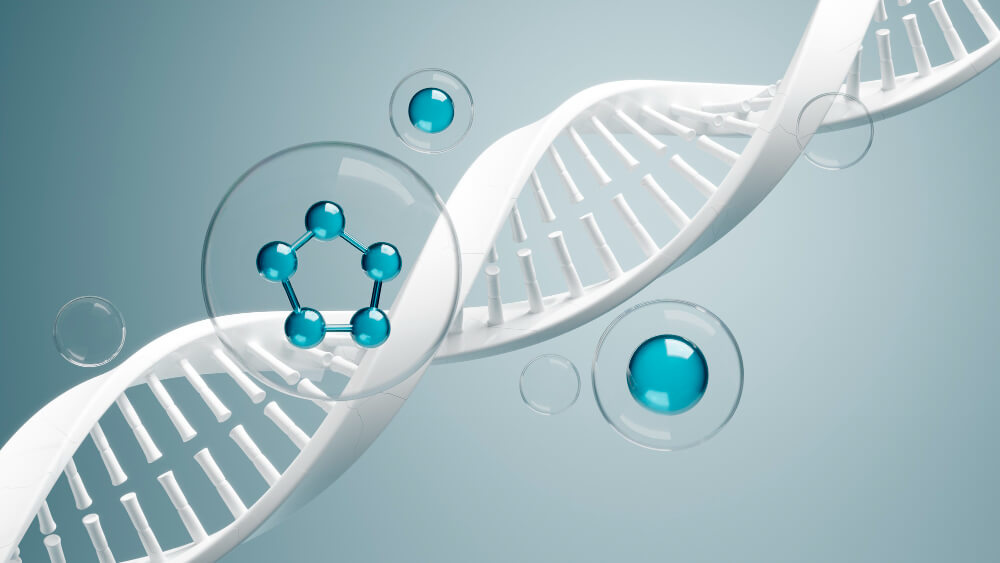
Why Do NAD+ Levels Decrease as We Get Older?
One of the most significant findings in longevity research is that our natural levels of NAD+ decline dramatically with age. Studies suggest that by the time we reach middle age, our NAD+ levels may be half of what they were in our youth. This decline is not a coincidence; it is a key driver of the aging process itself.
So where does it all go? The decline is a two-pronged problem. First, our bodies become less efficient at producing and recycling NAD+ as the years go by. The cellular machinery just is not as robust as it once was.
Second, and perhaps more importantly, the demand for NAD+ skyrockets. As we age, we accumulate more cellular damage from lifestyle choices, environmental toxins, and the natural process of living. This means our DNA repair enzymes, the PARPs, are working overtime and consuming vast amounts of NAD+ to fix the constant damage. It creates a cellular resource crisis: the very molecule needed for energy is being used up for emergency repairs, leaving less for everything else.
This drop in NAD+ is directly linked to many of the classic signs of aging. Think of diminished physical energy, slower cognitive function, metabolic changes, and a reduced capacity for cellular repair. It is as if the entire system is slowly running out of power.

How Can We Boost Our NAD+ Levels?
Recognizing this decline has opened up an exciting new field of intervention. If falling NAD+ levels contribute to aging, can restoring those levels help us maintain youthful function for longer? The research overwhelmingly suggests the answer is yes. There are several effective strategies to boost your body’s supply of this crucial coenzyme.
Lifestyle is the first line of defense. High-intensity exercise and caloric restriction, including practices like intermittent fasting, have been shown to naturally increase NAD+ levels. These stressors signal to the body that it needs to become more efficient and resilient, triggering the production of more NAD+.
A diet rich in the building blocks of NAD+, like vitamin B3, is also beneficial. However, for a more significant and targeted boost, many people are turning to direct supplementation and therapies. This is where the science of NAD+ precursors and intravenous therapies comes into play, offering a powerful way to replenish our cellular fuel tanks.
These methods bypass some of the body’s natural production bottlenecks, providing a more direct route to restoring youthful NAD+ levels. They represent a proactive approach to managing the biology of aging.

What Are NAD+ Precursors and How Do They Work?
To boost NAD+, we can supply the body with the raw materials it uses to create the molecule. These raw materials are called precursors. The two most studied and popular precursors are Nicotinamide Riboside (NR) and Nicotinamide Mononucleotide (NMN).
Think of it like building a house. Instead of trying to deliver a fully built house, you deliver the bricks, wood, and cement directly to the construction site. NMN and NR are those raw materials, easily absorbed by the body and converted into NAD+ within the cells. This approach provides a gentle, sustained increase in NAD+ levels when taken orally as a supplement.
NMN, in particular, has garnered significant attention from scientists and the public. For those wanting to review the data, a fantastic summary of the supplement Nicotinamide Mononucleotide is available. It is one step closer to NAD+ in the cellular production line, and research in animal models has shown remarkable results in improving metabolic health, energy, and physical function.
The excitement around these molecules is palpable, with many viewing a potential anti-aging pill not as science fiction, but as a near-term reality. The progress in this area shows how a simple supplement gets a big boost from promising research, moving it from the lab into mainstream wellness conversations. While human trials are still ongoing to determine long-term effects and optimal dosages, the initial findings are incredibly promising.

What Does the Scientific Research Say About NAD+?
The scientific community is buzzing with research into NAD+. The evidence points to its central role in mediating the hallmarks of aging, from mitochondrial dysfunction to genomic instability. It is a molecule that sits at the crossroads of cellular energy and cellular maintenance.
As mentioned, NAD+ is the essential fuel for sirtuins. When sirtuins are activated, they perform a range of protective functions, such as improving insulin sensitivity, reducing inflammation, and enhancing cellular stress resistance. Without sufficient NAD+, sirtuins remain dormant, and these protective benefits are lost.
Furthermore, the connection between NAD+ and DNA repair is profound. Every day, your DNA incurs thousands of instances of damage. PARP enzymes use NAD+ to manage and repair this damage. When NAD+ is scarce, DNA repair is compromised, leading to an accumulation of mutations that can accelerate aging and increase disease risk. This is a topic with a lot of depth, and you can find a wealth of information about more on NAD from leading researchers in the field.
This growing body of evidence has solidified the importance of maintaining robust NAD+ levels for healthspan. A comprehensive review published in a leading scientific journal highlights the Therapeutic potential of NAD-boosting molecules, outlining the pathways and mechanisms by which restoring NAD+ can combat age-related decline. The science is complex, but the message is clear: more NAD+ means more resilient cells.

How is NAD+ Therapy Used in a Clinical Setting?
Beyond oral supplements, a more direct and potent method for restoring NAD+ is through intravenous, or IV, therapy. This approach delivers the NAD+ coenzyme directly into the bloodstream, bypassing the digestive system entirely. This ensures 100% bioavailability and creates a rapid and significant increase in cellular levels.
NAD+ IV therapy is often administered over several hours in a clinical setting under medical supervision. It is used for a variety of applications, from promoting recovery from addiction and burnout to enhancing athletic performance and as a cornerstone of anti-aging protocols. Patients often report immediate effects, including heightened mental clarity, increased energy, and an improved sense of wellbeing.
The clinical application of NAD+ is an evolving field, and it is crucial for it to be guided by data and best practices. There is a growing body of evidence for NAD therapy in clinical practice, which helps practitioners understand patient selection, dosing protocols, and expected outcomes. Proper medical oversight is key to ensuring both the safety and the efficacy of this powerful intervention.
This type of therapy is a prime example of the shift towards functional and regenerative medicine. It focuses on restoring optimal function at the cellular level rather than just managing symptoms. It is about giving the body the resources it needs to heal and maintain itself.

Is NAD+ a Standalone Solution for Anti-Aging?
While the potential of NAD+ is immense, it is important to maintain a balanced perspective. NAD+ is not a magic pill or a singular fountain of youth. It is a powerful tool, but it is most effective when used as part of a comprehensive, holistic approach to health and longevity.
True anti-aging medicine considers the entire biological system. This means integrating NAD+ therapy with other foundational pillars of health, such as a nutrient-dense diet, consistent exercise, quality sleep, and stress management. Each of these elements supports the others, creating a synergistic effect that amplifies the benefits.
For example, the strategy of Combining NAD with other longevity interventions is where the most significant results are seen. This could involve pairing NAD+ therapy with peptide treatments, hormone optimization, or specific detoxification protocols to create a personalized and highly effective anti-aging plan.
Furthermore, a truly holistic view of aging must include managing hormonal changes, which are a major factor in the aging process for both men and women. For practitioners, staying current requires broad knowledge, which is why specialized training like CME courses on menopause management is so valuable. It ensures they can address all facets of age-related decline, creating more complete and effective patient outcomes. NAD+ is a star player, but it plays best on a well-rounded team.

What is the Future of NAD+ Research and Application?
The journey into understanding and utilizing NAD+ is still in its early stages, and the future is incredibly bright. Ongoing clinical trials in humans are exploring its effects on a wide range of conditions, from neurodegenerative diseases like Parkinson’s and Alzheimer’s to metabolic disorders and cardiovascular health.
We can expect to see more refined delivery systems and more personalized protocols in the coming years. Imagine a future where your NAD+ levels can be easily tested, and a personalized plan involving diet, supplements, and targeted therapies is created to keep your levels in the optimal range throughout your life. This is the promise of personalized, preventative medicine.
This research is part of a larger movement in healthcare. We are shifting away from a reactive model that waits for disease to strike and moving towards a proactive model that focuses on optimizing health and building biological resilience from the ground up. NAD+ is a central pillar of this new paradigm, offering a tangible way to intervene in the aging process itself.

Why is Proper Training in NAD+ Therapies So Important?
With the rapid rise in popularity of NAD+ therapies, the need for rigorous, science-based training for healthcare professionals has never been more critical. This is not a simple wellness trend; it is a sophisticated medical intervention that requires a deep understanding of biochemistry, physiology, and patient care.
Proper training ensures that practitioners can navigate the nuances of NAD+ therapy. This includes understanding the differences between oral precursors and IV administration, knowing how to calculate appropriate dosages for different individuals and conditions, and being able to screen patients to ensure they are good candidates for the therapy.
Furthermore, a well-trained professional can manage patient expectations and integrate NAD+ into a larger, more effective health plan. They understand the science, the risks, and the potential benefits, allowing them to provide care that is both safe and maximally effective. Without this foundational knowledge, the risk of suboptimal outcomes or adverse effects increases significantly. This is why specialized education is non-negotiable for any clinic or medic entering the field of regenerative medicine.
As the demand for longevity therapies grows, patients will seek out clinicians who are not just providers but true experts. Proper training is what builds that expertise and trust, ensuring the incredible potential of NAD+ is realized safely and responsibly.
Frequently Asked Questions
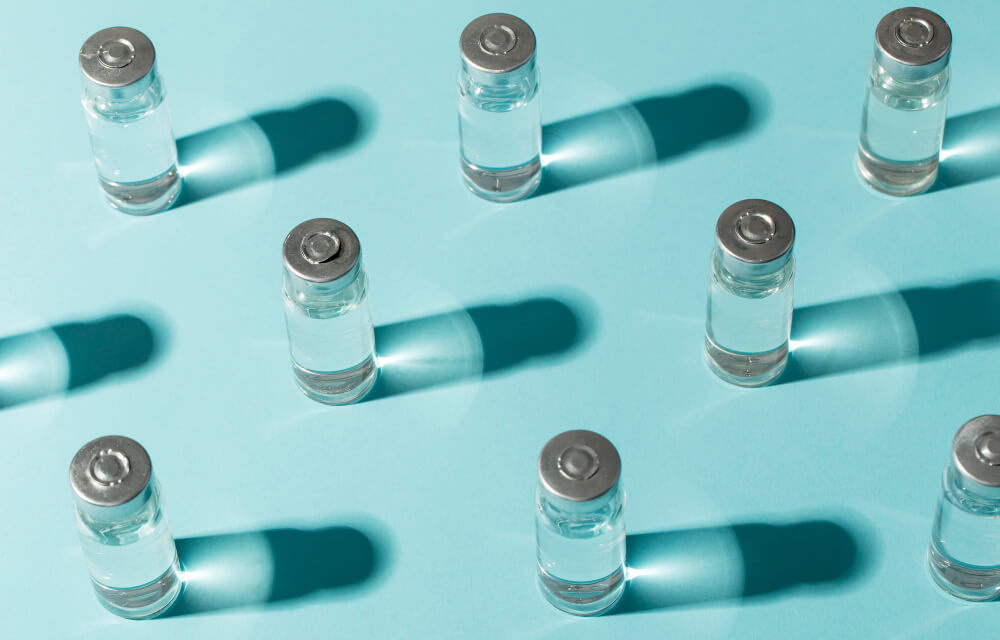
What are some specific examples of compliant language to use in ads instead of making direct health claims?
When marketing NAD+ services, it’s crucial to focus on wellness and performance benefits rather than making unsubstantiated medical claims. Use compliant language that centers on concepts like cellular health, vitality, and cognitive function. For instance, you can state that your service "supports cellular repair processes," "promotes enhanced energy levels," or "helps optimize mental clarity and focus." Verbs like "support," "promote," "maintain," and "enhance" are generally safer than words like "treat," "cure," or "prevent."
To put this into practice, reframe potential claims to be both compliant and compelling. Instead of saying NAD+ "reverses aging," you could say it "supports the body’s natural processes for healthy aging and cellular resilience." Similarly, avoid claiming it "cures chronic fatigue" and instead describe it as a therapy that "aids in restoring cellular energy production to combat feelings of sluggishness." This approach grounds your marketing in scientifically plausible mechanisms of action without crossing into prohibited disease-treatment territory.
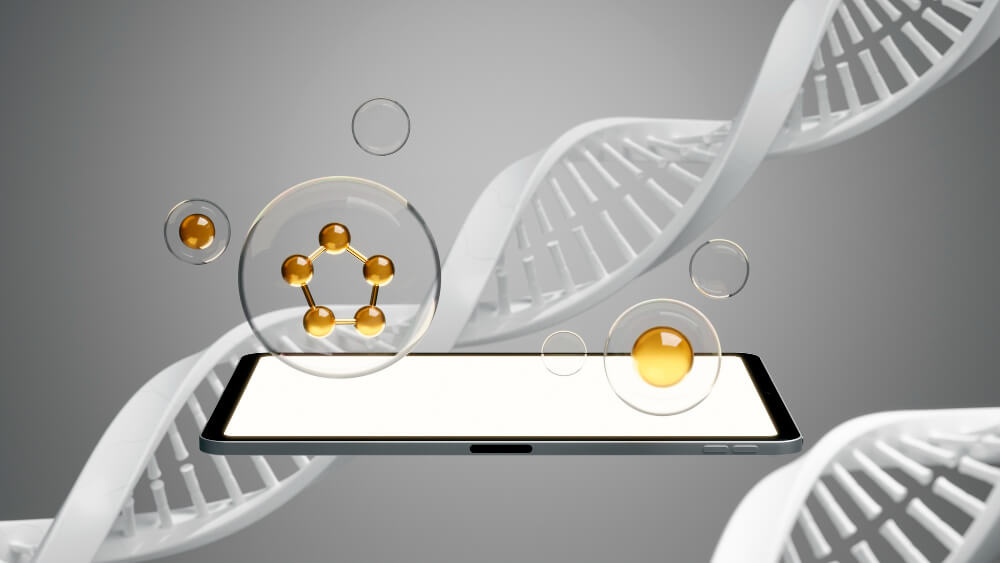
How can my clinic build trust with potential clients who are skeptical about NAD+ therapy?
Building trust with a skeptical audience begins with a commitment to education and transparency. Position your clinic as a credible resource by creating high-quality content that explains the science behind NAD+ in an accessible way, citing peer-reviewed studies where possible. Be completely transparent about the potential benefits, limitations, and what the current body of research does and does not support. This honest approach manages expectations and shows that your primary goal is patient well-being, not just making a sale.
Furthermore, emphasize the human and professional elements of your practice to build a strong foundation of credibility. Clearly showcase the qualifications and experience of your medical staff who administer the treatments. You should also provide clear, upfront pricing and detailed information about the treatment process so clients know exactly what to expect. Encouraging reviews on trusted third-party platforms can provide the social proof needed to convince those who are still hesitant.

What is the best way to handle patient testimonials without violating privacy or making unapproved claims?
To use patient testimonials ethically and legally, you must first obtain explicit, written consent that clearly outlines how and where their story and likeness will be used. This consent form should be comprehensive, covering use on your website, social media, and other marketing materials. Crucially, you must review every testimonial to ensure it does not contain specific medical or disease claims, as this could be interpreted as non-compliant advertising by regulatory bodies like the FDA.
When shaping the final testimonial for publication, guide the narrative toward compliant, experience-based language. Encourage patients to describe their results in terms of improved quality of life, such as having more energy for daily activities, feeling sharper mentally, or experiencing better post-workout recovery. Always protect patient privacy by using only a first name and last initial, and include a clear disclaimer, such as "Individual results may vary and are not guaranteed," with every testimonial you post.
Discover the most comprehensive functional medicine training, longevity training, and biohacking certification programs designed specifically for healthcare professionals, medics, and clinic owners who want to master regenerative medicine protocols and anti-aging therapies. Elevate your practice with Talking Longevity.





